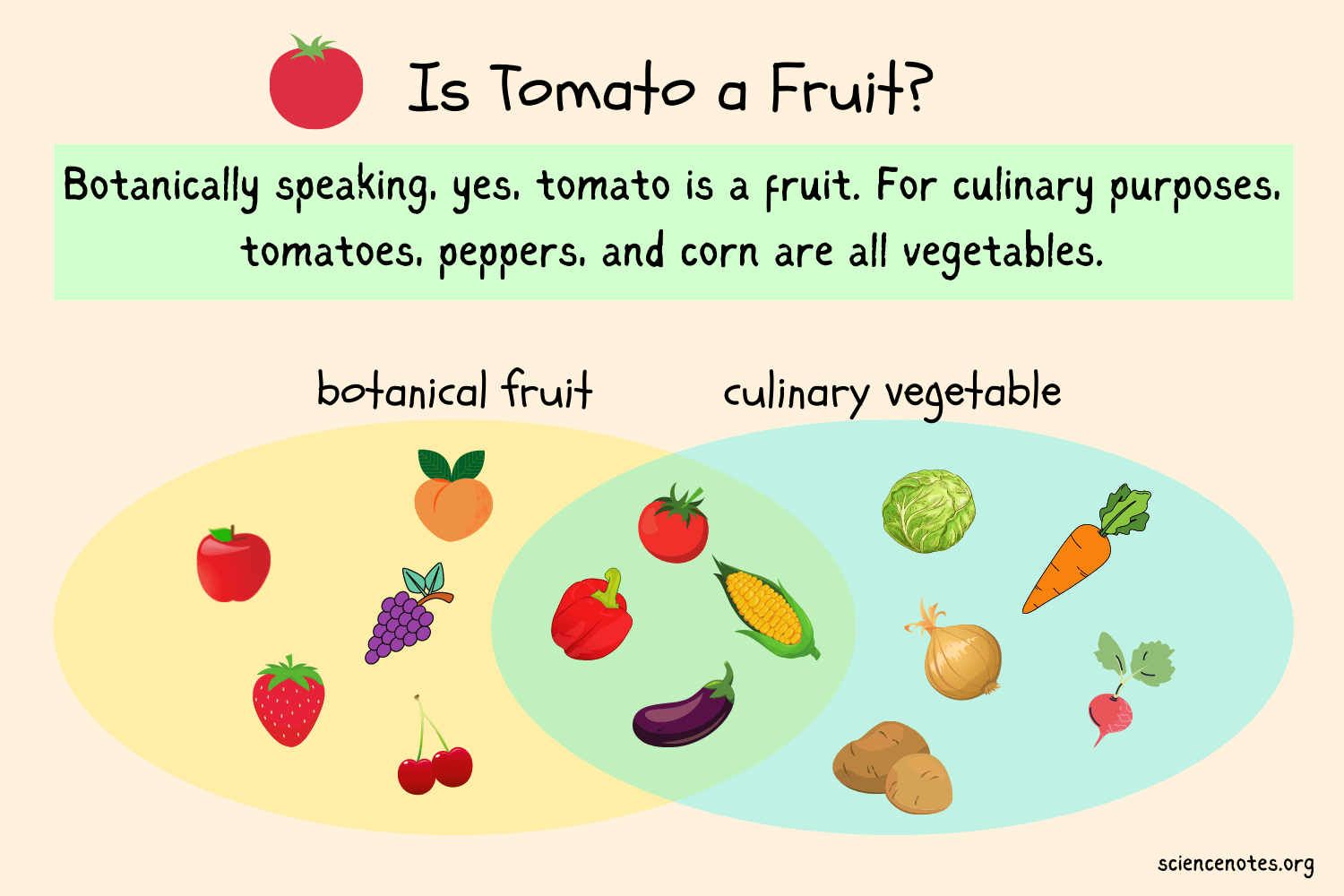Fruits and vegetables are both important parts of our diet. They provide vitamins and minerals. Many people enjoy eating them every day. But do you know the differences between them? This article will explain the key differences. It will help you understand fruits and vegetables better.

Credit: www.baamboozle.com
1. Definition of Fruits
Fruits are the parts of a plant that contain seeds. They grow from flowers. Fruits are sweet or sour. They can be eaten raw. Some common fruits include:
- Apples
- Bananas
- Oranges
- Grapes
- Berries
2. Definition of Vegetables
Vegetables are other parts of a plant. They can be roots, stems, or leaves. Vegetables can also be flowers and seeds. They are usually not sweet. They are often cooked before eating. Some common vegetables include:
- Carrots
- Broccoli
- Spinach
- Potatoes
- Peppers
3. Key Differences Between Fruits and Vegetables
Now, let’s look at the main differences between fruits and vegetables. Here are some important points:
A. Botanical Differences
Botanically, fruits come from the flower of a plant. They develop from the ovary. Vegetables come from other parts of the plant. This includes roots, stems, and leaves. For example, carrots are roots. Lettuce is a leaf.
B. Taste Differences
Fruits are usually sweet or tart. They have a juicy texture. This is why people enjoy them as snacks. Vegetables tend to be more savory. They are often used in cooking. They can be bitter or earthy in flavor.
C. Nutritional Differences
Fruits are high in sugars and fiber. They provide energy. They also have many vitamins. Vegetables are lower in sugar. They are rich in minerals and vitamins. Both are good for health. Each has its own benefits.
D. Culinary Uses
In cooking, fruits are often used in desserts. They are also used in salads and drinks. Vegetables are used in main dishes. They can be steamed, boiled, or roasted. Both add flavor to meals.
4. Common Misunderstandings
Many people mix up fruits and vegetables. Some foods are surprising. For example:
- Tomatoes are fruits, but often called vegetables.
- Cucumbers are also fruits, used as vegetables.
- Peppers are fruits, but cooked like vegetables.
This can cause confusion. It is important to know their true nature.
5. Health Benefits of Fruits and Vegetables
Eating fruits and vegetables is good for your body. They help you stay healthy. Here are some benefits:
- They provide vitamins and minerals.
- They help with digestion.
- They can reduce the risk of diseases.
- They keep your skin healthy.
- They help you maintain a healthy weight.

Credit: sciencenotes.org
6. Tips to Include More Fruits and Vegetables in Your Diet
It is easy to eat more fruits and vegetables. Here are some simple tips:
- Eat fruits as snacks.
- Add vegetables to your meals.
- Make smoothies with fruits.
- Try new recipes with vegetables.
- Keep fruits and vegetables visible.
Having them in sight makes you want to eat them.
7. Fun Facts About Fruits and Vegetables
Learning can be fun! Here are some interesting facts:
- Bananas are berries, but strawberries are not!
- Carrots were originally purple, not orange.
- Tomatoes have more vitamin C than oranges.
- Potatoes were the first food grown in space.
- A cucumber is 95% water!
8. Conclusion
In conclusion, fruits and vegetables are different. They come from different parts of plants. They have different tastes and uses. Both are important for health. Eating a variety of fruits and vegetables is the best choice. So, enjoy your fruits and veggies every day!
9. Frequently Asked Questions
Here are some common questions about fruits and vegetables:
A. Can I Eat Fruit And Vegetables Together?
Yes, you can mix them in salads or smoothies. They taste great together!
B. Are All Fruits Sweet?
No, some fruits are sour or tart, like lemons.
C. Can Vegetables Be Eaten Raw?
Yes, many vegetables can be eaten raw, like carrots and cucumbers.
D. What Is The Best Way To Store Fruits And Vegetables?
Store fruits at room temperature. Keep vegetables in the fridge.
E. How Many Servings Of Fruits And Vegetables Should I Eat?
It is good to eat at least five servings daily. This keeps you healthy.
Now you know the differences between fruits and vegetables. Use this knowledge to eat better. Enjoy your journey into the world of healthy foods!















Leave a Review